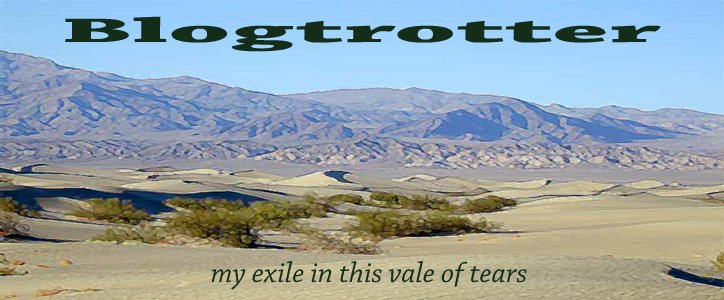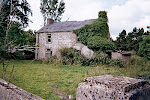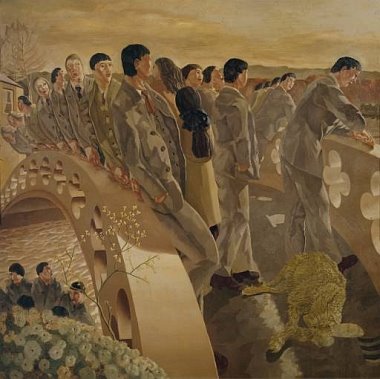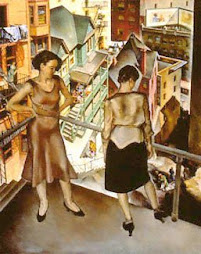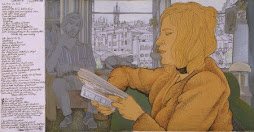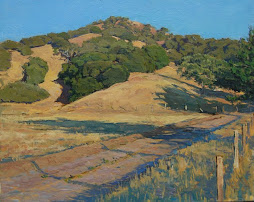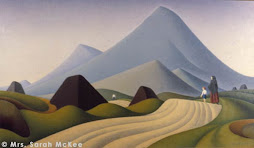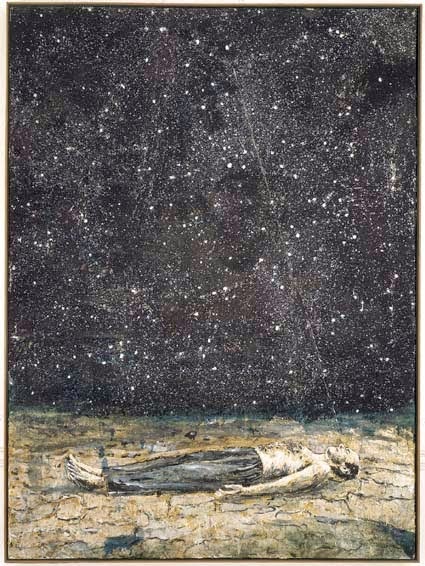
I chose this on a whim as it was so far out of my usual orbit. No recollections of the old sod or stickball, and barely any for altar boys and fearsome clergy. Instead, a patrician account and series of reflections and reactions to the course of Catholicism from the venerable era in which Buckley was elegantly raised and the postconciliar malaise which has affected so many in the less certain Church.
His noblesse oblige permeates. There's a couple mentions of devout black butlers, but that's about it for class consciousness. It's rather astounding to follow this chronicle, so removed from the reality most of us share when it comes to education, privilege, or sailing at every opportunity at a summer home. This elevated lifestyle unfolds, and Buckley surely as he's accustomed to the manor/ manner born comports himself as he's been raised. It makes for a very curious spiritual autobiography/ FAQ.
For Buckley turns this midway into a novel experiment. He interviews a few of his friends, mostly converts, and all conservative fellow-travelers, often at the National Review, naturally. They also feature priests who've transferred to Catholic clergy from Protestant denominations. Buckley surveys their takes on many questions he raises about dogma, belief, and practice. Although as a cradle Catholic I must confess none of the statements he compiles would have convinced me to join "Rome," it's instructive to learn the mindset of those coming to "the faith" without being raised in it.
I could follow the theological details, but for many who admire Buckley, this granular examination may bore or bewilder. There's far less of his famed politics, and not much of his wit or rhetoric either.
It does all make for an oddly paced book. It's more a series of explorations and reflections, although the central theme of examining what persists post-Vatican II as the liberals often left the clergy and left the administration to overworked and understaffed priests and laypeople is important. For it demonstrates the rebound, if by default given the numerical advantage of the diminished remnant in control, of the traditionally minded episcopate and papacy, of what's a dwindling number of cradle-born congregants in America and Europe. This does all tilt in Buckley's view, as expected, to slant away from a global awareness of how the Church will fare as its center slides towards the "South."
As a result, this work will appeal to the small coterie of like-minded sympathizers with both Buckley's worldview and likely his class and background. The name-dropping may come without hesitation to this author, but it does remind the hoi polloi of our place among the pews and practically as peons. Few of the rest of us may be able to enter this intimately connected and convinced realm even via print, but it's a document to this reaction to what was meant as a reform to appeal to millions presumably reluctant to accept a pre-modern Church, even though the results in sweeping that aside enchanted far fewer than anticipated, at least among Buckley's entitled cabal. (Amazon US 12/12/17)
